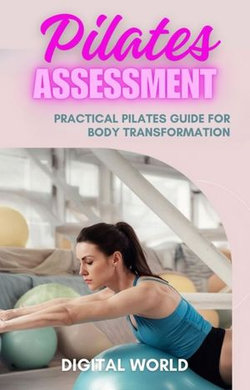Pilates assessment is a fundamental process to ensure the safety and effectiveness of the practice. It involves a complete analysis of the student, considering their goals, health history, posture and physical capacity.
Assessment steps:
Anamnesis: A detailed interview to collect information about the student's health history, complaints, goals and lifestyle.
Postural assessment: An analysis of the student's posture in different planes (frontal, sagittal and transverse) to identify deviations and imbalances.
Functional assessment: An analysis of the student's ability to perform basic and specific Pilates movements, observing their strength, flexibility, coordination and motor control.
Importance of assessment:
Personalization of practice: Assessment allows the instructor to customize Pilates exercises according to the needs and goals of each student.
Injury prevention: Assessment helps to identify possible risk factors for injuries and to adapt the exercises to ensure the student's safety.
Monitoring progress: Assessment allows monitoring of the student's progress over time and adjusting the practice as necessary.
Benefits of the assessment:
Improved posture: The assessment helps identify and correct postural deviations, promoting a more aligned and balanced posture.
Increased strength and flexibility: The assessment allows areas of weakness and stiffness to be identified, directing exercises to strengthen and stretch muscles appropriately.
Pain relief: The assessment helps identify the causes of pain and discomfort, allowing the instructor to adapt exercises to relieve pain and improve function.



Share This eBook: